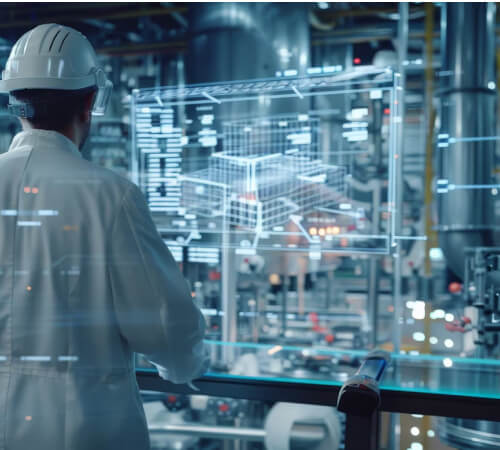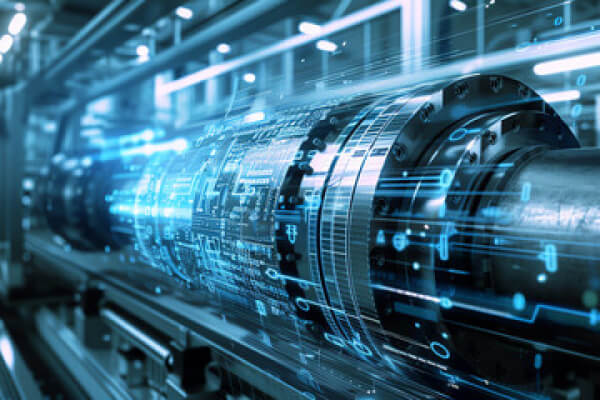Biometric technology in Energy or Utility Industry
Biometric technology is helping organizations in improving security, increasing the efficiency when it comes to doing business with safety and most importantly, it is helping energy companies in being in harmony with the regulations basing on the ever changing market. Security and Access Control are two essential areas that require special attention and improvement in order to increase the level of protection and enable better control of information resources in an organisation.
In the energy production and distribution industries, the issue of security most often precedes the question of use. Whether you are running a power plant, an oil refinery or a renewable energy plant, lest there be unauthorized access to any of the two. Using of biometric technology can provide and reliable solution since the access to the mentioned areas will be granted to a limited number of people only. Compared to key cards and passwords, biometrics can be lost, stolen or even forgotten as compared to the fact that biometric traits are unique and indelicate. This helps to secure different types of facilities and essential data that can not be accessed by strangers or intruders.




